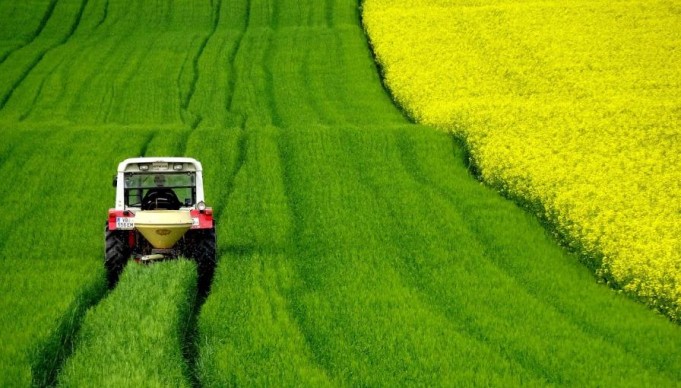The Future of Food
Something strange is troubling and sweeping the field of New Morning Farm. We know that healthy eating is essential in maintaining the physical and mental strength of our body. In times of deep uncertainty in the global food chain, the numbers of hungry and malnourished people are rising. Moreover, there is uncertainty about the future of food. A recent prediction by the New York Times – reported that malnutrition in the future is to be overweight and undernourished.
The corporate companies that produce seeds, processed meat, and other food supplements, sell the final product to us and benefit from each other. But in the agricultural sector, farmers pay more input to yield seeds and earn less for their own products.
The future of food will be high-tech methods which include targeted genome-editing tools like – CRISPR technology. However, the value of the food system we’re building for future generations is very little.
The Future of Growing
Our planet is already under stress feeding billions of people. Up to 40% of cropland worldwide is experiencing soil erosion, fertility reduction, overgrazing, and unfavorable climatic conditions. Nowadays agriculture is a leading threat to rivers, lakes, and coastal environments as well. Many farmers are working on ways to produce healthy and sufficient foods for supply while sustaining the environment.
More Efficient Farms
For cultivation and agricultural processes efficient lands and processes are required. We can double the production of foods without new farmland by increasing yields, shifting techniques, and using fertilizers more efficiently including water as well. There is no need for converting tropics and forests to pastures and farmlands, with huge environmental costs.
Next Generations’ Fish Farms
By the U.S. Department of Agriculture (USDA), 70% of the Earth is covered in water, and yet only 1.5% of human food is drawn from it. Farming fish in artificial ponds, the fish farmers to increase sustainability, feeds them food that contains more and more plant products and less fish meal. These fish tend to be less oily and less nutritious.
Test-tube Beef
Agricultural land uses animals for grazing and growing animal feed and produces all greenhouse gas emissions. Safer and healthier meat can be produced by using animal cells instead of suffering living animals and reducing waste and pollution. So test-tube meat production can help to do it.
The Future of Eating
Our population is expanding, the standard of living is changing dramatically, and increasing strain on our environment, all these are happening simultaneously. Will future food production meet the growing demand? Will living have to change? Does technology overcome the needs?
New genetic-engineering technologies are being sensationalized to address food-system challenges, and issues like climatic conditions are also being considered. The future of food can’t be predicted, but some exist now, and some are yet to be found or invented. We are focusing too much on technology usage to intensify the production of foods, but instead, we should work with nature and not try to control it. Moreover, our next-generation should learn about food, from where it comes from, how it affects our body, and how to cook it. Also, the value of agriculture should be taught to every child to know their importance in the environment.









